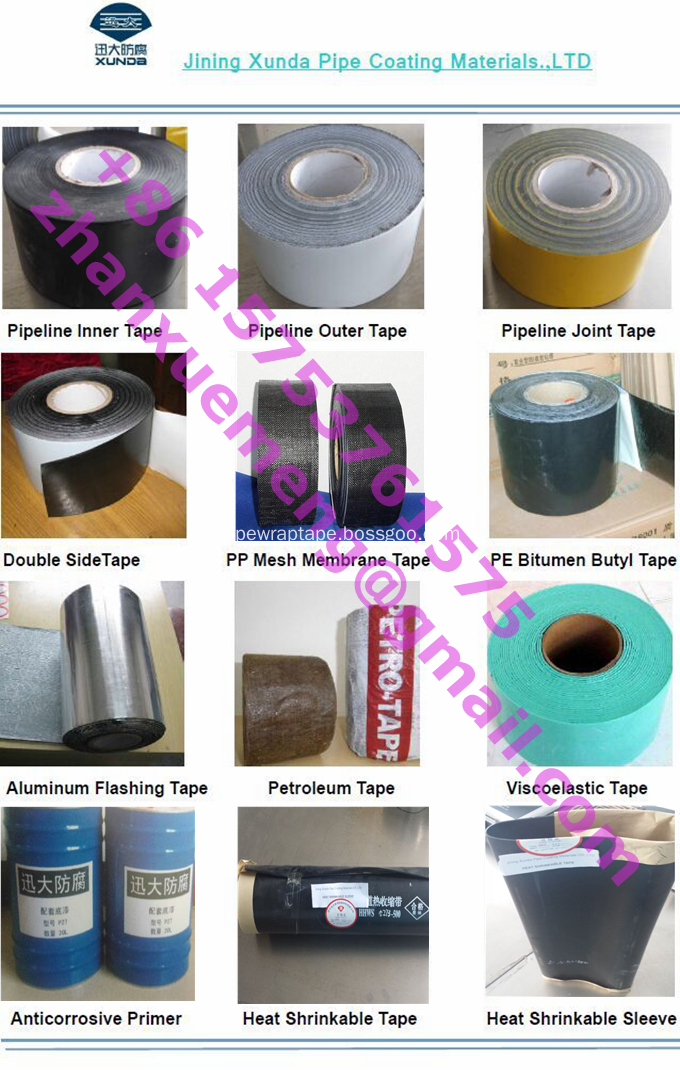China’s "Twelfth Five-Year Plan for National Economic and Social Development" (2011-2015) (hereinafter referred to as the "Twelfth Five-Year Plan") officially introduced the "Cultivating and Developing Strategic Emerging Industries" as an Independent Chapter. This marks a profound transformation of China's economic development thinking: a group of strategic emerging industries with intensive knowledge and technology, low consumption of material resources, large growth potential, and comprehensive benefits will become an important force driving the Chinese economy.
 In the past five years, China's annual GDP growth has reached 11.2%. But behind the dazzling achievements, the problems of excessive energy consumption and high carbon emissions have become increasingly prominent. Zhu Baoliang, a researcher in the Economic Forecasting Department of China's National Information Center, said that China's current economic growth is mainly driven by the secondary industry. In the secondary industry, high-energy, high-pollution industries such as steel, building materials, and chemicals account for a large proportion of the economy. The contradiction between the economic structure formed under the development mode and the carrying capacity of resources and environment is more and more prominent: "In the future, China's economic development will face the pressure of rising resources, environment and labor costs. These pressures indicate that we must adjust the industrial structure." In this context, the “Twelfth Five-Year Plan†identified seven strategic emerging industries, and proposed to focus on the development of next-generation information technology, energy conservation and environmental protection, new energy, biology, high-end equipment manufacturing, new materials, new energy vehicles and other industries. Zhang Xiaoqiang, deputy director of the National Development and Reform Commission of China, explained: “Strategic emerging industries are the integration of emerging technologies and emerging industries, representing the direction of technological innovation and industrial development. It has strategic potential and can develop into economic and social development in the future. Among them, there are more important leading and pillar industries. According to the plan, by 2015, the added value of China's strategic emerging industries will account for about 8% of GDP. Experts estimate that this means that the added value of strategic emerging industries in 2015 is about 4.3 trillion yuan (GDP is 8% growth rate). However, the development of China's emerging industries is still facing some difficulties, and there is still a big gap compared with some developed countries. Yang Lan, a researcher at the China National Development and Reform Commission's Urban and Small Town Development Center, believes that the government's support and methods are particularly important at this time: "(Government) supports and guides these seven emerging industries, and some support policies are very Important. The government's support should be timely, appropriate, and in line with the market's law of incentives, properly address the previously concentrated industry concentration or regional blockade, vicious competition." In fact, in order to encourage the development of these emerging industries, China is conducting support research on taxation and financing of strategic emerging industries; supporting development policies for a number of strategic emerging industries such as major industrial innovation development projects and major application demonstration projects are expected to be introduced; the Ministry of Education has also decided to Emerging industries such as green economy, low-carbon economy, environmental protection technology, bio-pharmaceuticals, etc., set up relevant majors in undergraduate courses in universities, and strengthen the training of strategic emerging industries; the newly revised Foreign Investment Industry Guidance Catalogue (Consultation Draft) announced earlier this month ), added a lot Projects related to strategic emerging industries, including the development and manufacturing of aerospace, aerospace, automotive, and next-generation Internet devices. Experts said that this series of initiatives will lead to positive effects in the development of China's strategic emerging industries, effectively promoting China's industrial upgrading from the aspects of capital, technology, management and experience.
Hand Applied Wrapping Machine
The Hand Applied wrapping machine is a lightweight, low profile pipe wrapping machine that provides a simple way to apply tape coatings on pipelines. It can be used on any pipe 4" or larger and can accommodate tape with a core diameter of 1 1/2 or 3 inches. It can easily be used for either spiral or cigarette wrapping and is designed with separate tension adjustments for tape and release line take-up. This machine should be ordered by the width of the tape and not the diameter of the pipe.
Details:
· Hand Applied Wrapping Machine
· Applies tape coatings on pipelines
· Separate tension adjustments for tape and release line take-up
· Will accommodate tape with 1-1/2" or 3" core diameters
· Ideal for both spiral and cigarette wrapping
· It can be used on any pipe 4" and Larger
· Very low profile, requires less clearance
· Lightweight construction
· Easy to operate
· Order these machines by the width of your tape roll – NOT the diameter of the pipe:
· 2"-6" tape roll width
· 6"-12" tape roll width
· 12"-18" tape roll width
Weight: 10 kg per pcs
Operation: at least 2 people


Anti-corrosion Tape Wrapping Machine
Wrapping Machines, Hand Applied Wrapp Machine, Anti-corrosion Tape Wrapping Machine
Jining Xunda Pipe Coating Materials Co.,Ltd , http://www.pipe-wrap.com

